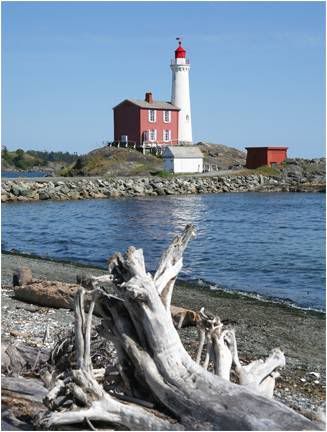
It seems only fitting that just outside the charming city of Victoria, British Columbia stands the historic and quaint Fisgard Lighthouse.
Fifty years after Captain Vancouver sailed through the Strait of Georgia and named Vancouver Island after himself, the Hudson Bay Company established control of the island and built Fort Victoria, named after Queen Victoria, in 1843. Puget Sound Agricultural Company, a branch of the Hudson Bay Company, started developing large farms near Fort Victoria, and by the time Vancouver Island was established as a colony in 1849, Esquimalt Harbour had become a major port for British ships.
Then came the gold rush. In the late 1850s, gold strikes on the mainland’s Thompson and Fraser rivers brought thousands of prospectors through Victoria, the only source of supplies in the region. Victoria quickly became a boomtown, with a dash of British flavor.
In November 1859, Captain J. Nagle, Victoria’s harbourmaster, seeing the need for an aid to navigation, paid $100 for a lantern and placed it on MacLaughlin Point, at the entrance to Victoria Harbour. Unfortunately, five months later, the lamp’s tubes overheated and melted down, and Nagle had no funds to replace them.
Desiring a replacement for Nagle’s light, Victoria’s merchants petitioned the assembly to allocate funds for a formal lighthouse, but the bill never passed. By then, Captain George Richards, the captain of the HMS Plumper, which was used to survey the British Columbia coast, convinced Nagle that the lighthouses Richards had proposed for Fisgard and Race Rocks were more crucial, and efforts began in earnest to establish these lights.
Commander James Woods, who was surveying Esquimalt Harbour in the brig HMS Pandora in 1846, named the outcropping of volcanic rock just outside the harbour, Fisgard Island, in honor of the assistance he had received from the frigate HMS Fisgard. The island was selected as the site for the lighthouse because it could provide direction for ships to enter Esquimalt Harbour or anchor in Royal Roads, the body of water just south of Fisgard Island, before heading into Victoria. Construction began in 1860, with a design by German-born engineer and architect, Herman Otto Tiedeman, and work overseen by John Wright, a local contractor.
The tower has a two-foot-thick solid granite foundation which is surmounted by fortress like four-foot-thick brick walls and topped with another granite slab, ten inches thick by four feet. The tower stands 14.5 metres (48 feet) tall with a focal plane of 21.5 metres (71 feet). The two-story keeper’s dwelling, also made of brick, has a pair of rooms on both floors each measuring eighteen by fourteen feet. Victoria’s paper, the Colonist, noted that the tower’s spiral staircase, cast in San Francisco, “certainly reflects a great credit on the designer and to see it will amply repay a visit to the Lighthouse.”
While work was underway on the tower, George Davies, aged twenty-eight, was hired in England to be the first full-time keeper on Canada’s West Coast. He signed his yearlong contract on Christmas Eve, 1859, and was given a wage of “150 pounds per annum without rations” along with a dwelling “exclusive of bedding and linen.” He and his wife, Rosina, and three of their four children, boarded the Grecian on January 19, 1860, and set sail for Victoria, a journey that lasted seven months.
Photo Text & Copyright www.Lighthousefriends.com
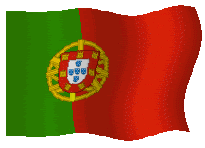


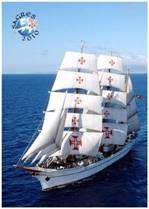





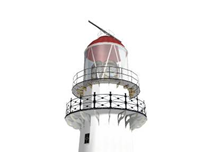













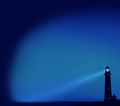


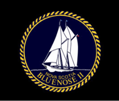

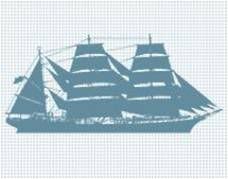
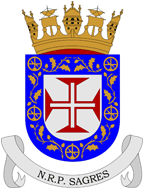
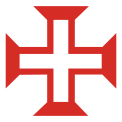
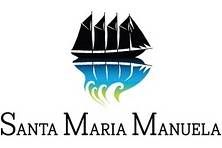
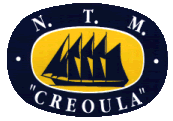

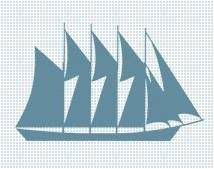
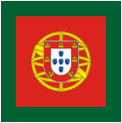
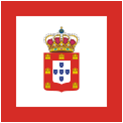
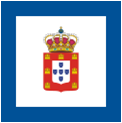
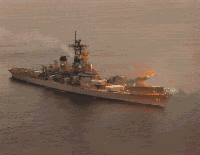


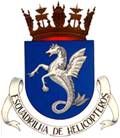
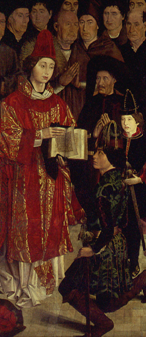
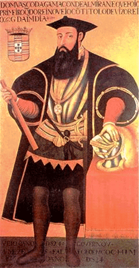
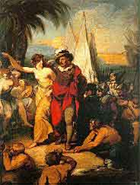

.png)




























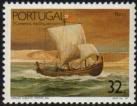
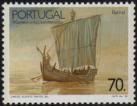


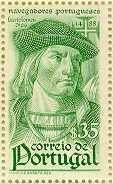


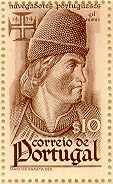

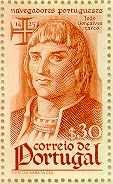
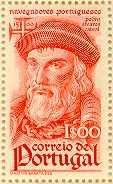
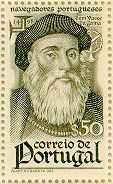
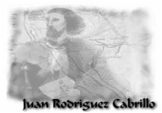
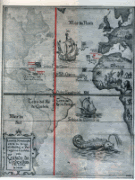
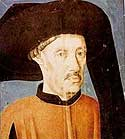
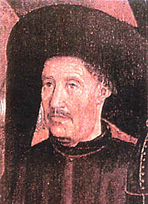

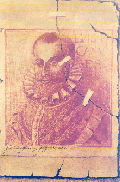
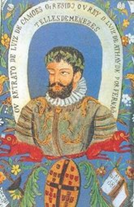
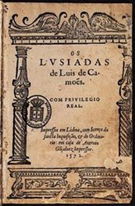
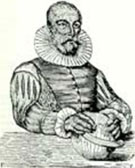

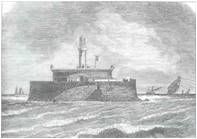



































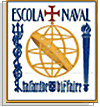
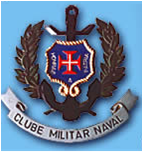






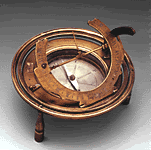
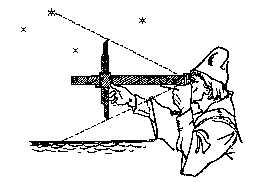










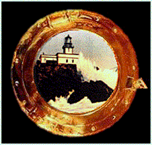


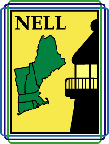


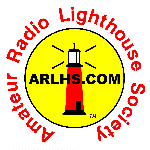


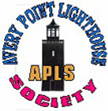



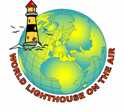
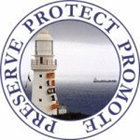
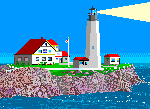




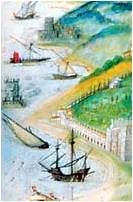

Sem comentários:
Enviar um comentário